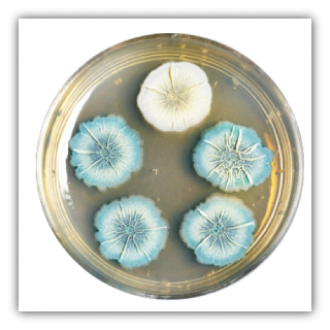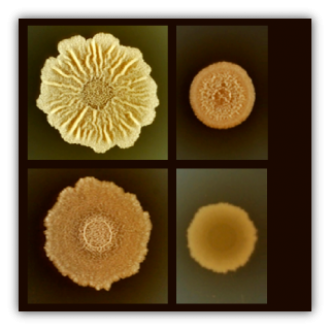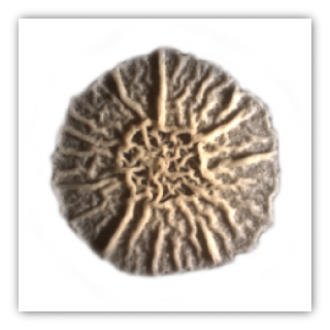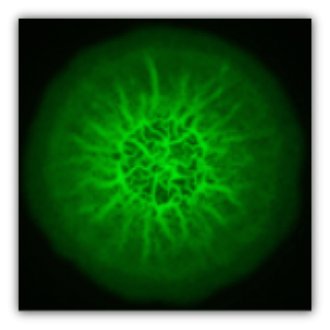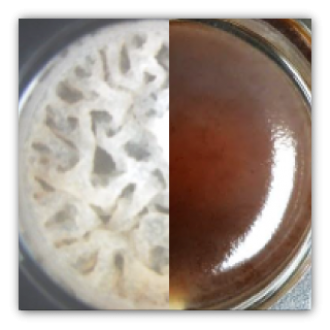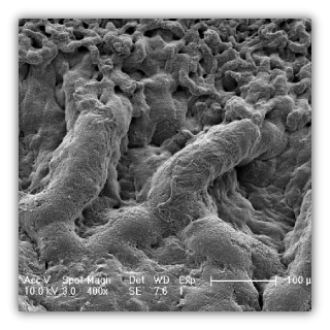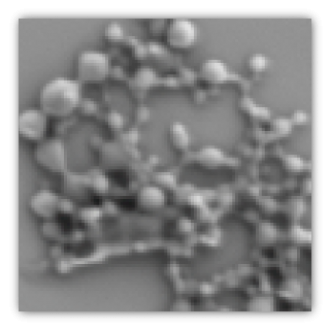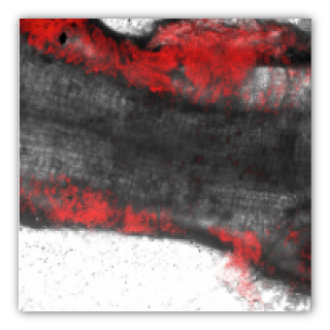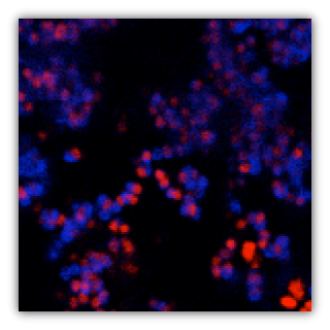Kolodkin-Gal lab, Assembly and Disassembly of Microbial Biofilms
MICROBIAL COMMUNITIES
Microbes use a variety of mechanisms to coordinate activity within a community to accomplish complex multi-cellular processes. Understanding bacterial-unique multi-cellular communities, such as biofilms, is highly significant from clinical, agricultural and ecological perspectives, e.g, biofilms formed by various pathogens play a critical role in device-related infections, infective endocarditis, urinary tract infections, acute septic arthritis and plant diseases. We focus on novel developmental aspects for these communities. |
|
|

